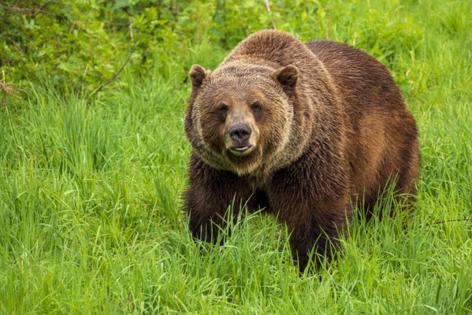Grizzlies are returning to Washington's North Cascades. How will that work?
Published in Science & Technology News
SEATTLE — Among the jagged peaks of the North Cascades, lush alpine meadows rich with berries and wildflowers blanket valleys carved by glaciers, some threaded with trickling creeks.
But these idyllic landscapes are missing one big thing that had helped sustain them over the millennia: grizzly bears.
That will soon change after federal officials decided last month to reintroduce grizzlies to the North Cascades, where there hasn’t been a confirmed sighting of the species in nearly three decades.
Endangered species around the world face heightened risks of extinction because of climate change, which is melting glaciers, warming the ocean, and causing more frequent and intense storms and wildfires.
Yet the grizzlies are a hopeful story of recovery blooming in the North Cascades.
Some elements have changed since the bears roamed among the crags and through the meadows, but research suggests the bears might even thrive amid a changing climate.
They also have the potential to help restore balance in an ecosystem that once relied on the apex predator as gardeners — tilling soils for plants and dispersing seeds through their scat.
Federal officials plan to relocate 25 grizzlies to the mountain range. They hope the population will naturally recover to about 200 bears in a century.
Settlers hunted the grizzlies in this swath of northern Washington to local extinction, after thousands of years of coexistence with Indigenous people, recorded in North Cascades place names such as Stetattle Creek, derived from stəbtabəl’ (stub-tahb-elh), or grizzly bear, in the Lushootseed language spoken by the Upper Skagit people.
“Upper Skagit believes that we have a historical, moral obligation to restore where we can before it’s too late,” said Scott Schuyler, policy representative for the Upper Skagit Tribe. “We’ve seen so many things disappear from the landscape over the last 150 years — since my ancestors signed a treaty. We’re always going to work in that regard, to bring things back where we can restore the natural environment.”
...continued
©2024 The Seattle Times. Visit seattletimes.com. Distributed by Tribune Content Agency, LLC.







Comments